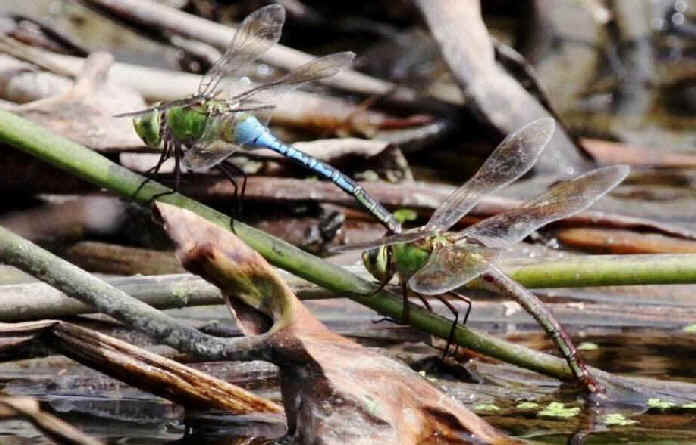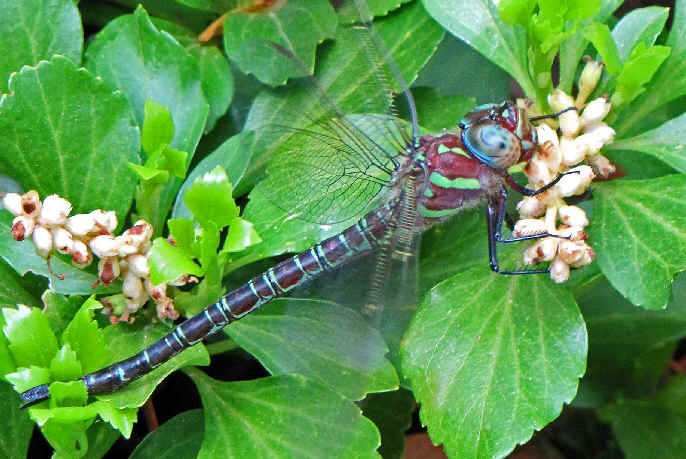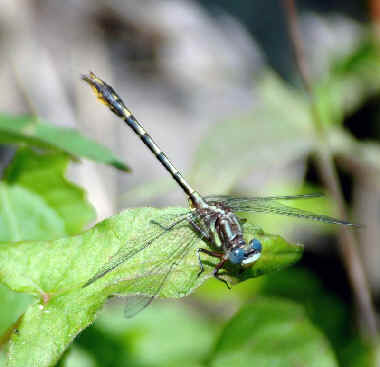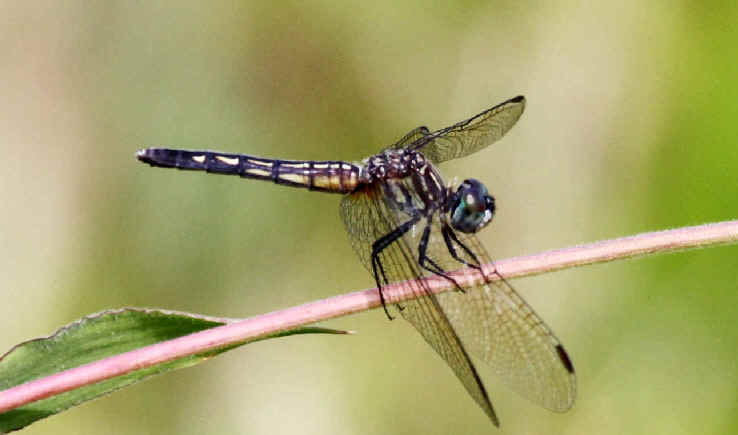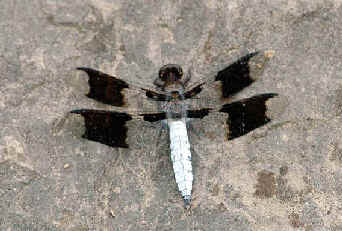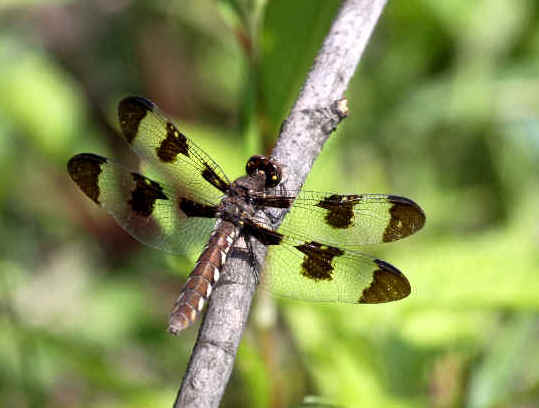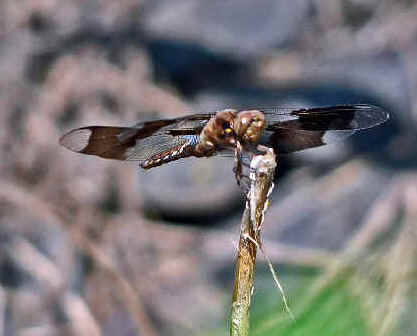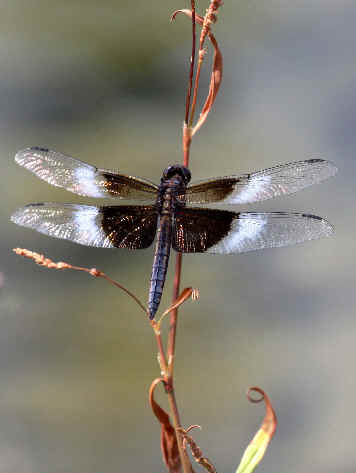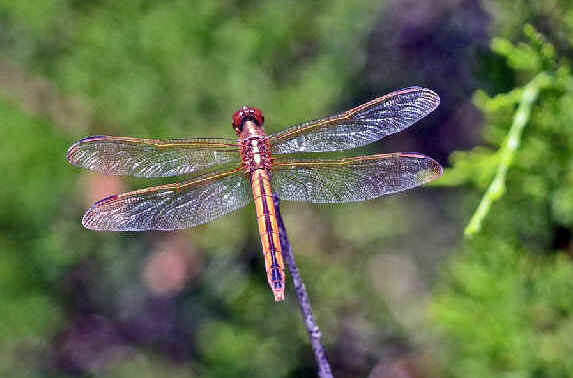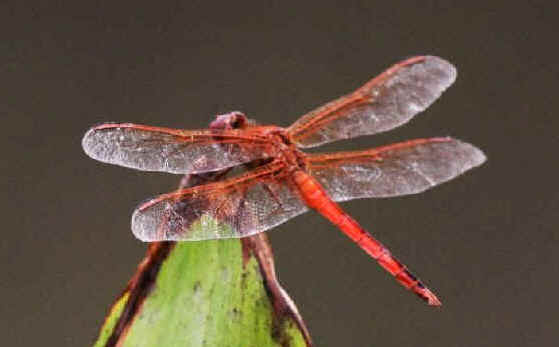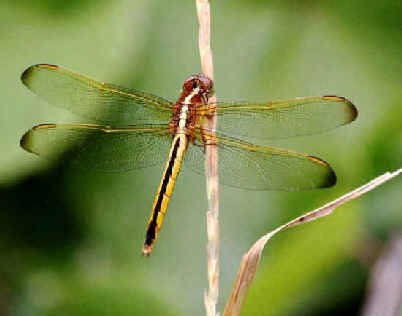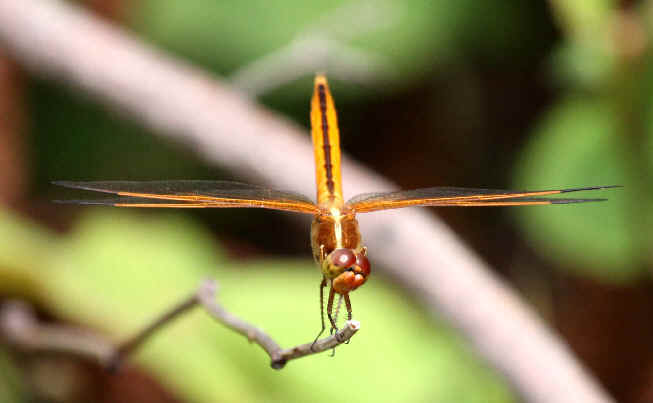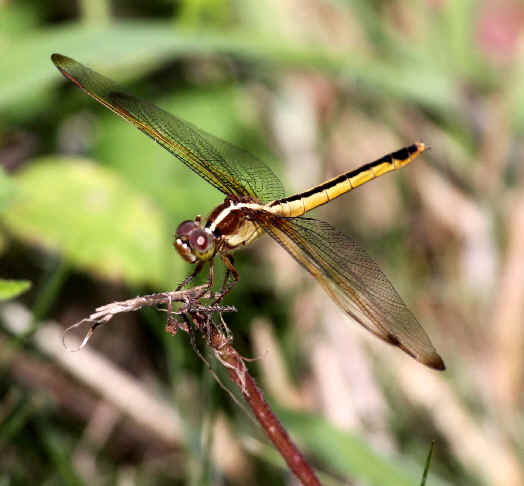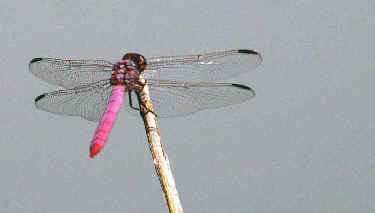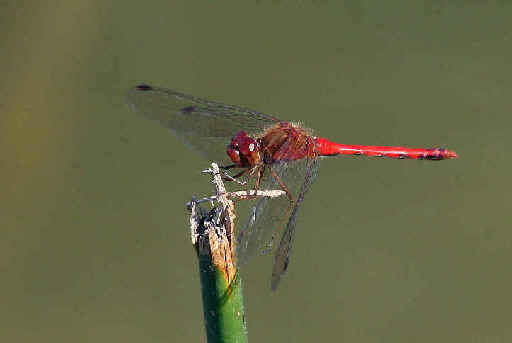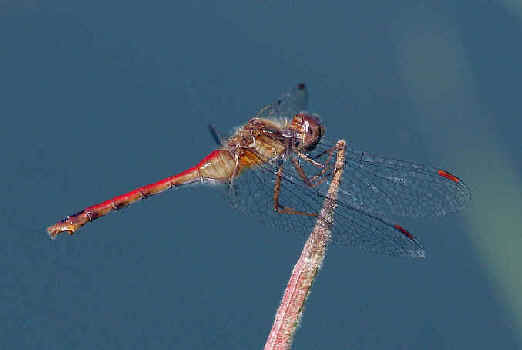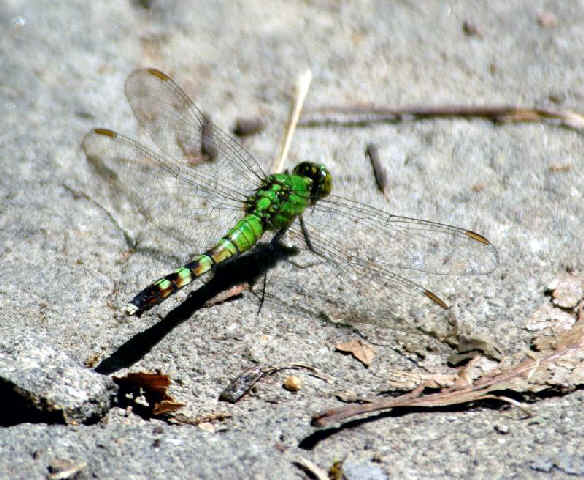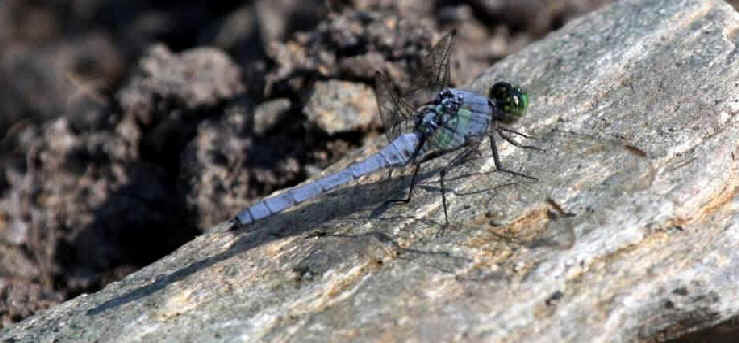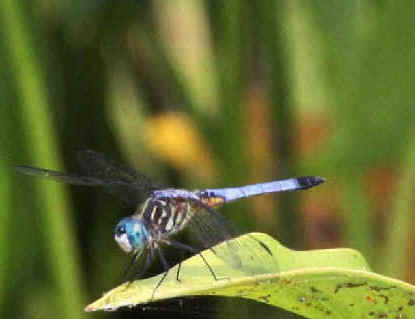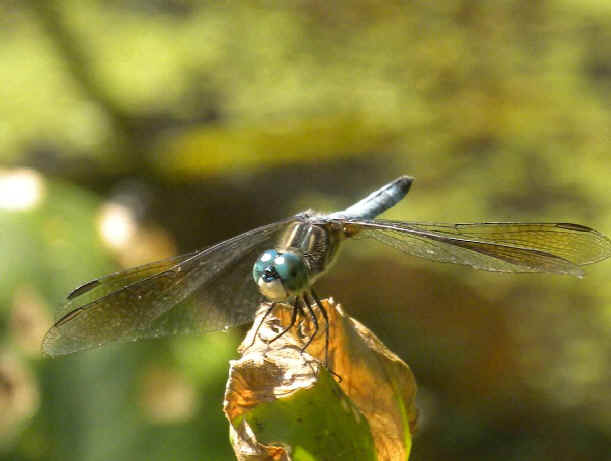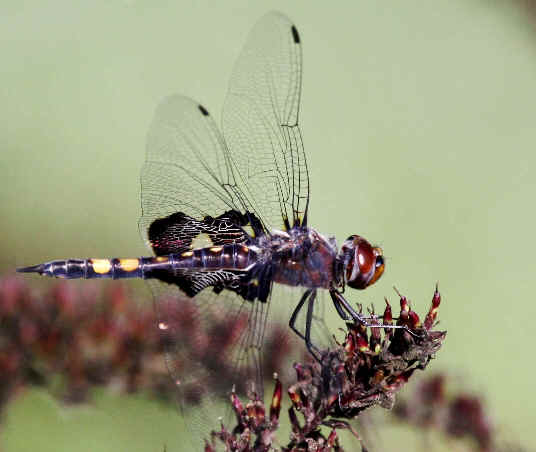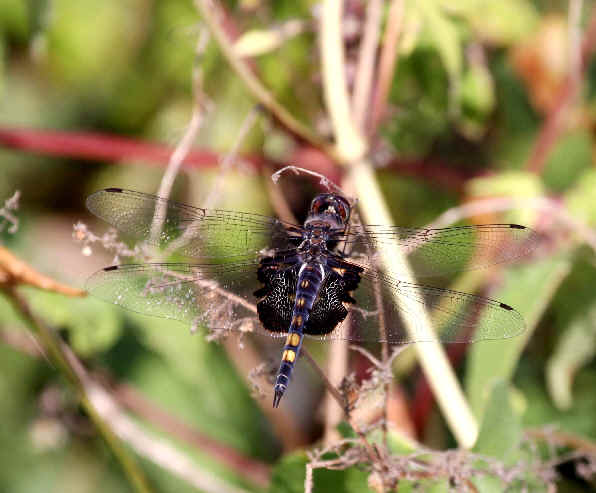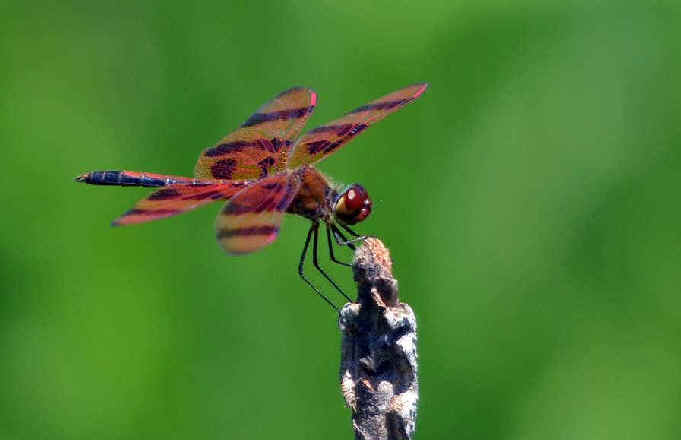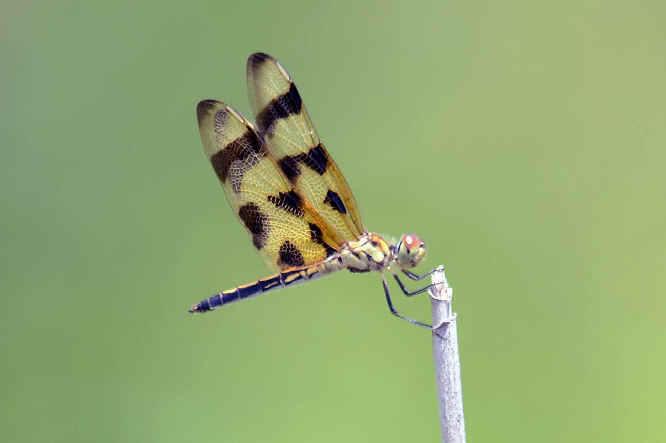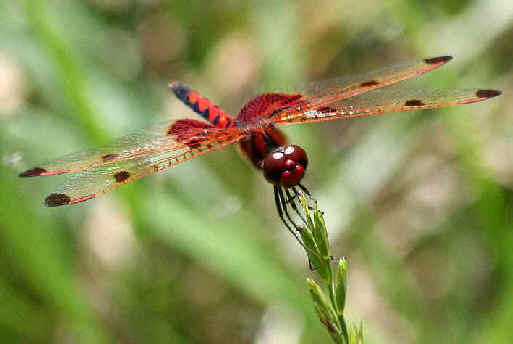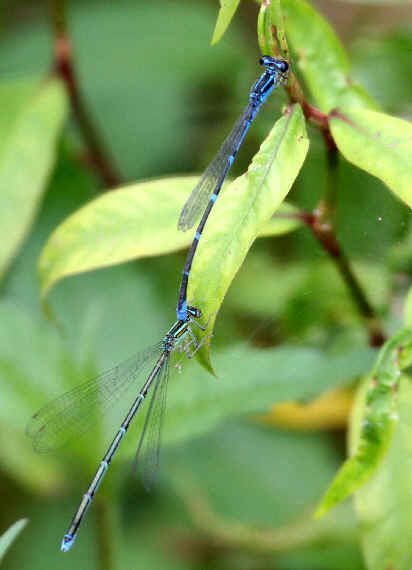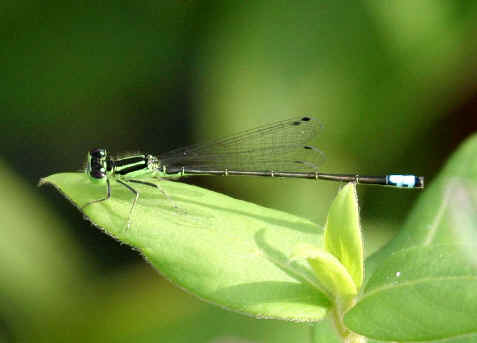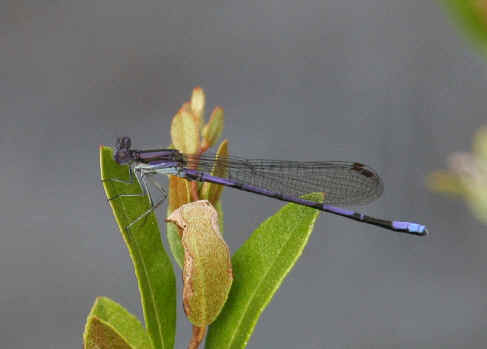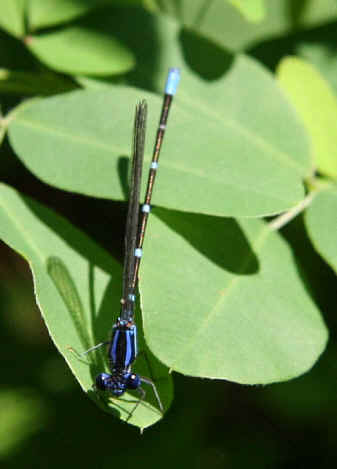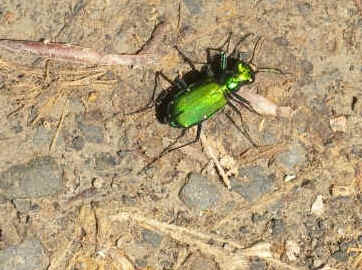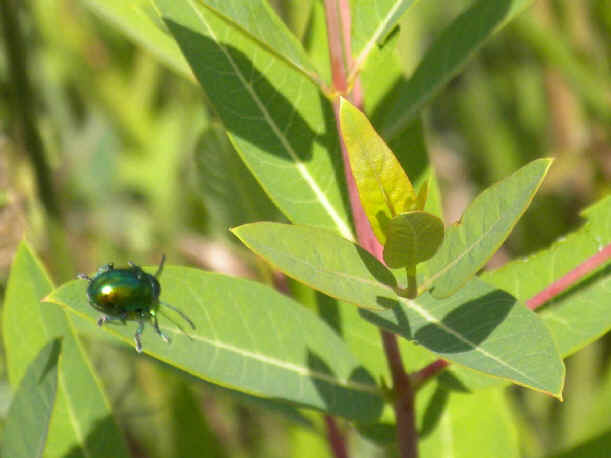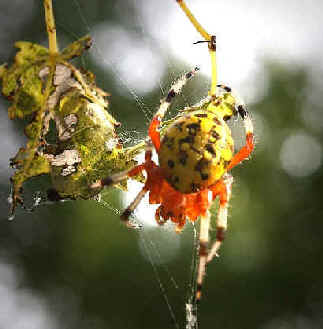
E-mail: font@focusonnature.com
Phone: Toll-free in USA 1-888-721-3555
or 302/529-1876
 |
PO Box 9021,
Wilmington, DE 19809, USA E-mail: font@focusonnature.com Phone: Toll-free in USA 1-888-721-3555 or 302/529-1876 |
 A List
A List
with some photos
of Dragonflies
and Damselflies
in eastern
North America
including those during
Focus On Nature Tours
in North Carolina,
the Delmarva Peninsula,
and elsewhere in the East
This List
of Dragonflies and Damselflies
compiled by Armas Hill
With LINKS to LISTS of: MOTHS
and BUTTERFLIES
and BEETLES, OTHER INSECTS, & SPIDERS
Photo at upper right: DAMSELFLIES
known as STREAM BLUETS, Enallagma excsulans
Photo below: a DRAGONFLY known as the BLUE DASHER, Pachydiplax longipennis
(upper photo by Doris Potter; lower
photo by Howard Eskin)

Codes:
Numbers noted as (D:xx) refer to plates with photos in "Dragonflies
through Binoculars - A Field Guide to Dragonflies of North America", by
Sidney Dunkle
Numbers noted as (P:xx) refer to pages with photos
in "Dragonflies & Damselflies of the East", by Dennis Paulson
The second of these is a fine new book, an excellent field guide for the
"odes" of eastern North America, published by Princeton University
Press in 2011.
Another book, with some quite interesting text, is "Natural History of
Delmarva Dragonflies and Damselflies", essays of a lifelong
observer, by Hal White. Some notes in this list are from that
book.
DE: occurs in
Delaware
FL: occurs in Florida
MD: occurs in Maryland
NC: occurs in North Carolina
NJ: occurs in New Jersey
PA: occurs in Pennsylvania
VA: occurs in Virginia
In Sussex County, in northern New Jersey,
142 species of dragonflies and damselflies has been recorded, more than in any
other county in the United States.
Links to Groupings within this List:
DRAGONFLIES Darners
Clubtails Dragonhunter
Spinylegs Sanddragons
Snaketails Ringtail
Spiketails Cruisers
Emeralds Sundragons
Baskettails
Shadowdragons Skimmers
Whitetails Corporals
Meadowhawks Dragonlets
Pondhawks Saddlebags
Hyacinth Glider Pasture Glider
Coastal
Pennants
Tropical Pennants Whitefaces Small Pennants
DAMSELFLIES Broad-winged
Damsels Jewelwings
Rubyspots Spreadwings
Pond Damsels Bluets
Forktails Dancers
Sprites
Other Links:
Upcoming FONT Birding & Nature Tours in North America
(including North Carolina, and Delaware, Maryland, & Virginia)
FONT Past Tour Highlights Photo Galleries & Narratives from past FONT tours
Birds during FONT
Tours in North Carolina Birds of North America, in 6 Parts
Eastern North America Mammals (Land & Sea) inc. those during FONT Tours
Eastern North America Butterflies Eastern North America Moths
Eastern North America Amphibians & Reptiles
Other Lists & Photo Galleries of Dragonflies & Damselflies Elsewhere
Directory of Photos in the FONT Website
